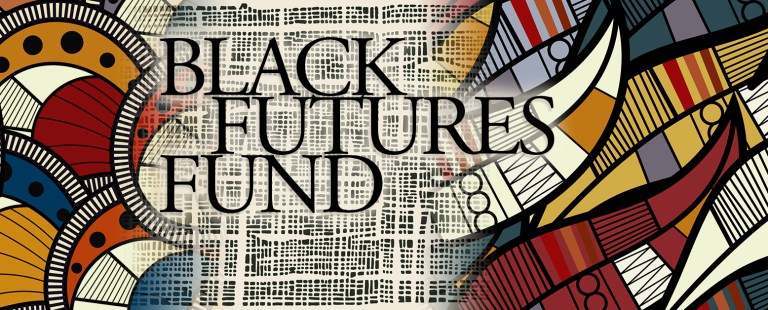By Presious Mills
Dining out at a restaurant is an experience that many of us enjoy, but for some, it’s become a chance to pull off a sly disappearing act that leaves establishments shortchanged and staff perplexed. This sneaky culinary trend is known as “dining and dashing.” Often perceived as an issue primarily in busy urban areas, it’s actually more common than imagined and occurs even in suburban neighborhoods across Ohio.
Dining and dashing is a dishonest act where individuals consume a meal or service at a restaurant and then attempt to leave without paying for it. Some individuals even enter restaurants to enjoy their meal while finding a way to avoid settling the bill. It’s a behavior that not only tarnishes the dining experience but also affects the livelihood of restaurant owners and staff.
In recent news, a Tampa, Florida restauranteur has begun using tech-savvy tactics in dealing with these dine-n-dash desperados. The owner now takes photos and videos of would-be dashers’ faces and license plates and then posts them (along with their bills!) on social media. The result has a better than 90% success rate of paying off delinquent tabs. Those who aren’t shamed into paying by the media publicity might instead get “turned in” by family or friends. And they all must take “the walk of shame” and pay in person.
Rachel, the General Manager of Buffalo Wild Wings in Brooklyn, Ohio, has witnessed her fair share of diners attempting a quick getaway. She emphasized the importance of prompt payment, saying, “I require that when the servers drop the checks, they are cashed out approximately 2-3 minutes later.” This ensures that diners don’t have the chance to make a hasty exit unnoticed.

Others take a stronger customer service approach. An Applebee’s manager with much experience in Garfield Heights, who wished to remain anonymous, shared insights into their approach. They train their staff to be attentive to customers’ needs and to spend most of their working hours in front of the house. This attention to service helps to deter potential dashers. In the rare event that a guest has an issue, they make it a point to have a manager address it promptly. “We never allow our employees to chase the guest out of the building,” this manager stated, adding that instead, they record license plate numbers and report incidents to the police. Applebee’s, while understanding that mistakes can happen, values the opportunity to make things right for their guests.
Sadly, dining and dashing is seen as a twisted thrill for some individuals. The excitement of successfully evading payment, coupled with the false power it offers, becomes a strange motivation for those who engage in this behavior. It is a disheartening aspect of the service industry that both managers and staff must confront.
If people don’t dine and dash, some resort to crafty tactics to escape paying their bills. Managers have reported instances where customers eat all the food they ordered and then call a manager to their table to complain about every item, hoping to dodge their bills. In more extreme cases, diners have been known to eat part of their meal and then go to the extent of dropping their own hairs into it to fabricate complaints and order something different off the menu, all in an attempt to avoid paying.
Dining and dashing is a problem that affects restaurants of all sizes and locations, including suburban neighborhoods in Ohio. Despite the challenges it poses, the commitment of restaurant managers and staff to ensure attentive service and a swift resolution to any issues is admirable. By understanding the motives behind dining and dashing and implementing preventative measures, restaurants can continue to provide excellent dining experiences while discouraging those who seek to dine and dash. Dining out should be an enjoyable experience for everyone involved, and dining and dashing undermines that for many.




